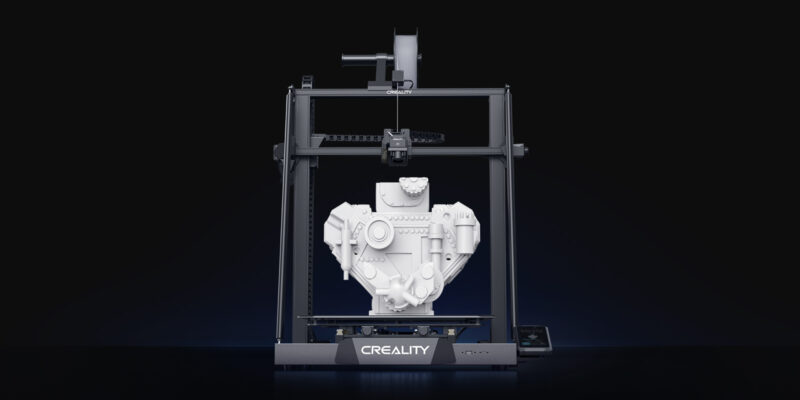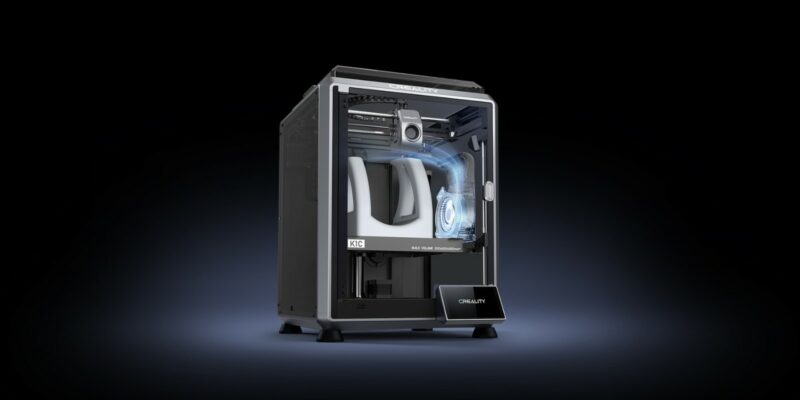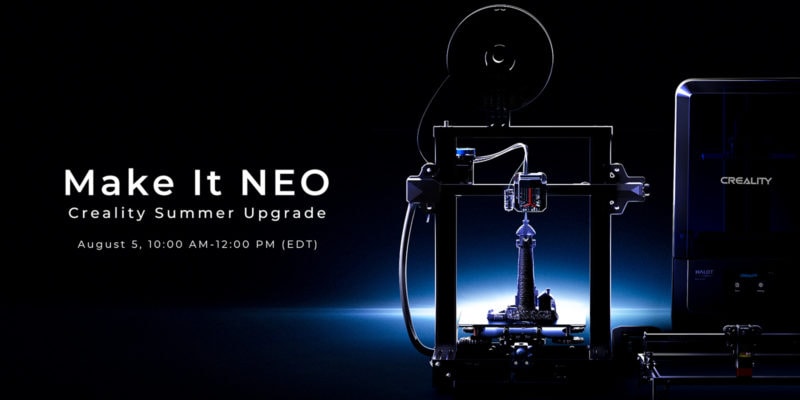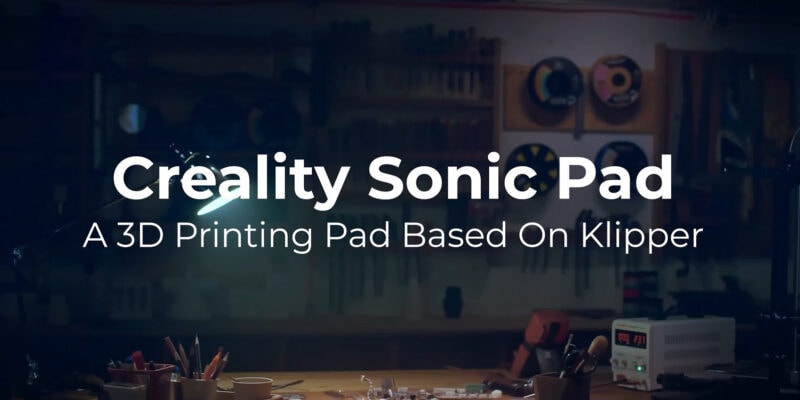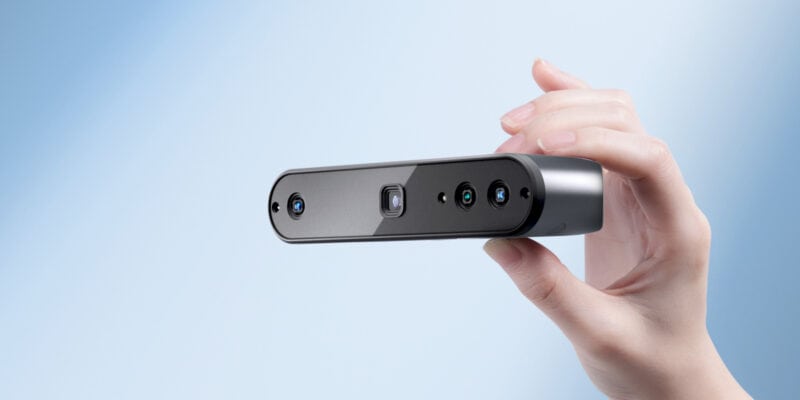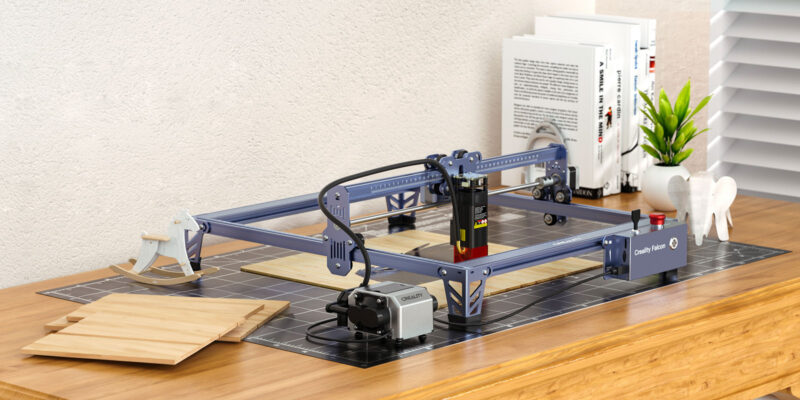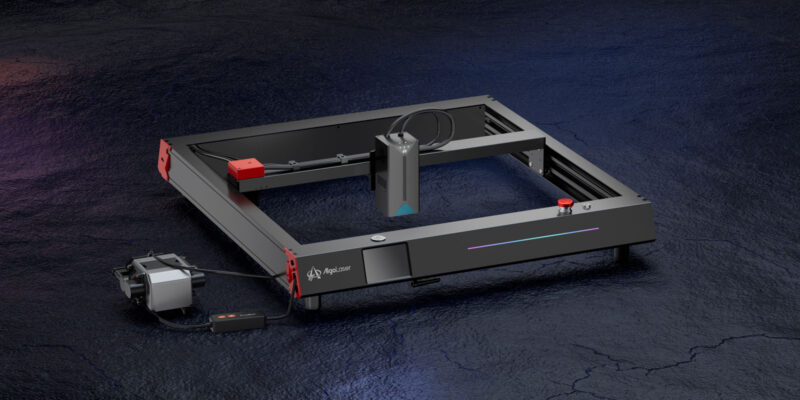Two months ago, the 3D printing world was rocked by a significant recall from Bambu Lab. The company’s newly launched A1 3D Printer was pulled from both physical and digital shelves due to concerns about potential electrical problems.
Specifically, the heatbed cable of the printer was found to be at risk of damage, leading to an immediate callback.
Now, with the dust having settled, it’s time for us to revisit this incident, delve into what happened, and discuss what it means for the future of 3D printing.
What Happened?
In an unprecedented move, Bambu Lab made headlines two months ago when they voluntarily recalled their newly launched A1 3D Printer. The decision was prompted by an issue with the heatbed cable, which was found to have a potential for damage.
Because a damaged heatbed cable exposes a 3D printer to electrical and fire risks, we believe Bambu Lab’s proactive move was both commendable and necessary for ensuring user safety.
The problem came to light when users began reporting unusual heating patterns and erratic printer behavior. Upon investigation, Bambu Lab discovered that a small number (< 0.1% of globally sold A1 3D printers) were at risk of this problem.
Because the company was not sure about which batches of A1 3D printers were affected, or what exactly caused the problem, they decided to recall all A1 3D printers as a precautionary measure.
Bambu Lab’s Response
Aside from the global recall, the company immediately halted sales of the A1 3D printer, both online and in physical stores. They urged all A1 owners to stop using their printers until the issue could be resolved.
The company’s response didn’t stop here either. Bambu Lab offered all affected customers the option to return their 3D printer and receive a 100% refund. On top of that, customers that wanted to switch to a different Bambu Lab model (A1 Mini, P1, or X1) were offered a $80 voucher on their purchase.
An alternative option for consumers was to wait for a replacement heatbed and replace it themselves. This was accompanied by a $120 voucher valid for any product in the Bambu Lab store and a 6 month extension of the product warranty.
Historical Context
Despite the growth and advancements in the hobbyist 3D printer industry, it’s no secret that product issues are not uncommon. From design flaws to electrical problems, these issues can pose significant risks to users.
What’s more troubling, however, is that recalls are often not issued for these problems, leaving consumers to grapple with the potential hazards. Despite there being numerous product safety incidents with 3D printers, there have been few official product recalls.
In fact, more often than not, companies tend to downplay these issues, offering a delayed and/or subpar fix rather than taking decisive action like a full product recall.
Our Opinion
In general, we have been rather unhappy with the general lack of responsibility displayed by many 3D printer manufacturers when it comes to product safety. As you know if you’ve read our 3D printer reviews, we always pay close attention to the safety aspects of the products we review.
Unfortunately, the absence of a regulatory body overseeing the 3D printing industry means that it’s largely up to the manufacturers themselves to ensure their products are safe.
This lack of oversight, coupled with the fact that many manufacturers are not thorough enough when it comes to safety checks, not only puts users at risk but also hampers the overall progress and reputation of the industry.
We believe that product safety should be a non-negotiable priority, regardless of the type of product. This is especially true for the 3D printing industry, where the risks associated with faulty products can be significant. It’s not a big deal if your electric toothbrush malfunctions. But 3D printers, on the other hand, have the ability to burn your house down.
Thankfully, despite the potential risks, there were no serious incidents resulting from the A1’s faulty heatbed cable. This is indeed a silver lining amidst all the chaos. It’s a testament to Bambu Lab’s quick action and commitment to customer safety that a more serious situation was averted.
In an industry where some companies might have been tempted to sweep such an issue under the rug, Bambu Lab’s forthright approach is refreshing. It’s easy to imagine a scenario where a less scrupulous company may have decided to ignore the problem, putting profits or reputation before safety.
However, Bambu Lab chose to take responsibility for their error, prioritizing customer safety over immediate profits. This approach not only shows their commitment to ethical business practices but also helps to build trust with their customers. In our opinion, such actions can lead to a stronger, more trusted brand—albeit in the long run.
Safety Tips
Your safety should always be a priority when using a 3D printer. Here are some tips on how to identify potential electrical problems in your machine and what to do if you encounter them:
-
- Monitor your 3D printer’s behavior. Unusual heating patterns and erratic printer behavior can be signs of an electrical problem. If your printer is not maintaining its temperature or is behaving unusually, it is worth investigating further.
- Check your cables. Regularly inspect your printer’s cables for any signs of wear and tear. Damaged cables can lead to electrical problems and potentially pose a fire risk.
- Use safety equipment. It’s always a good idea to use a smoke alarm, a fire suppression device, and have a fire extinguisher at hand.
- Never leave your 3D printer unattended. No matter how tempting it may seem, leaving your 3D printer running without oversight leads to the risk of things going wrong without anyone to fix it.
If you suspect your 3D printer has an electrical problem:
- Stop using your 3D printer: If you suspect there’s an issue, stop using your printer immediately to prevent further damage or potential safety risks.
- Contact the manufacturer: Reach out to the manufacturer or your supplier. They should be able to provide guidance and potentially offer a solution or replacement.
- Consult a professional: If you’re not comfortable diagnosing or fixing the problem yourself, consider hiring a professional. It’s better to be safe than sorry when dealing with potentially dangerous electrical issues.
Remember, it’s always better to err on the side of caution when it comes to safety. If you’re ever in doubt, stop using your 3D printer and seek professional advice.
Conclusion
In conclusion, Bambu Lab’s handling of the A1 3D Printer recall sets a commendable example for other manufacturers in the 3D printing industry. Their swift, transparent, and customer-centric approach is a testament to safety, despite the risk of a negative brand image. We hope other manufacturers take note and follow suit, if (or when) they face similar circumstances.
While the world of 3D printing is evolving and becoming safer with better product design, it’s still crucial for manufacturers to thoroughly test their products before launching them in the market. A comprehensive and rigorous testing process can prevent potential issues from escalating into safety hazards.
We look forward to seeing further progress in the 3D printing industry, not only in terms of technological advancements but also in the realms of safety standards and regulatory oversight. This incident also highlights the importance of consumer vigilance and the need for users to be proactive in ensuring their own safety.
Finally, we want to emphasize the importance of open communication between manufacturers and consumers. Transparency and clarity not only build trust but also ensure that potential issues are addressed swiftly and effectively. Let’s continue to foster a culture of safety and responsibility in the 3D printing community.


